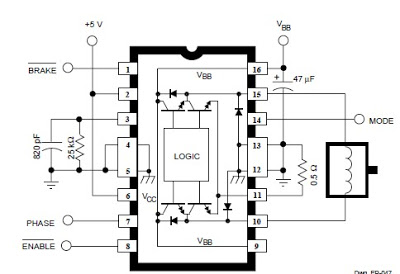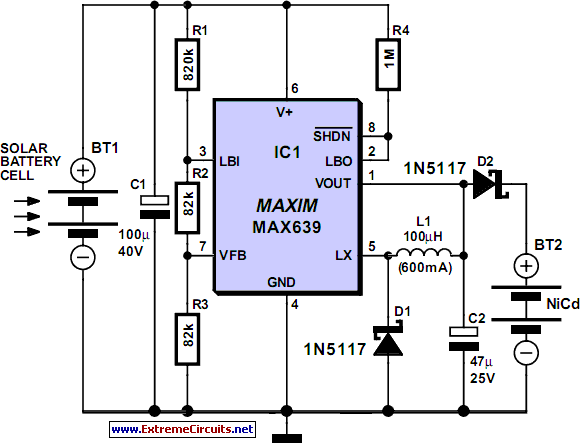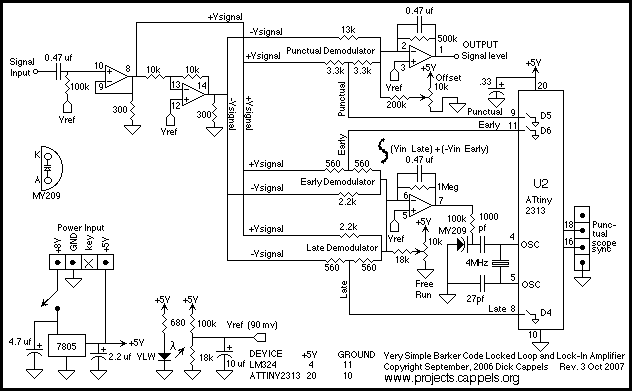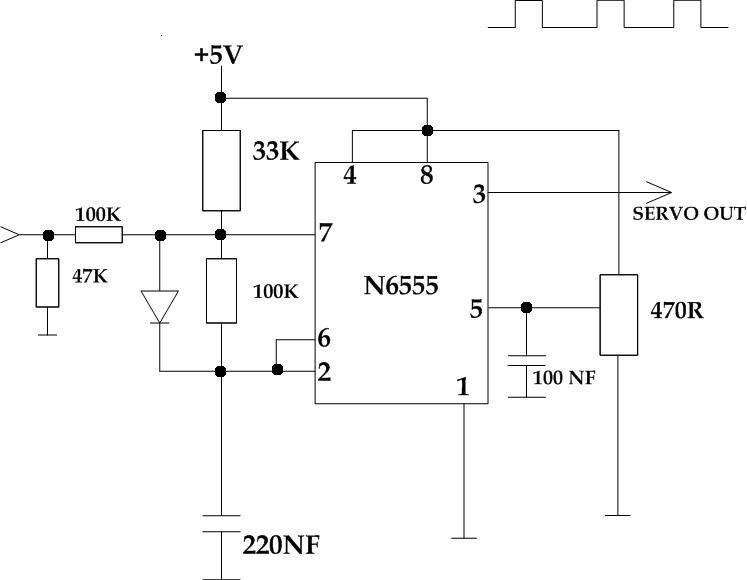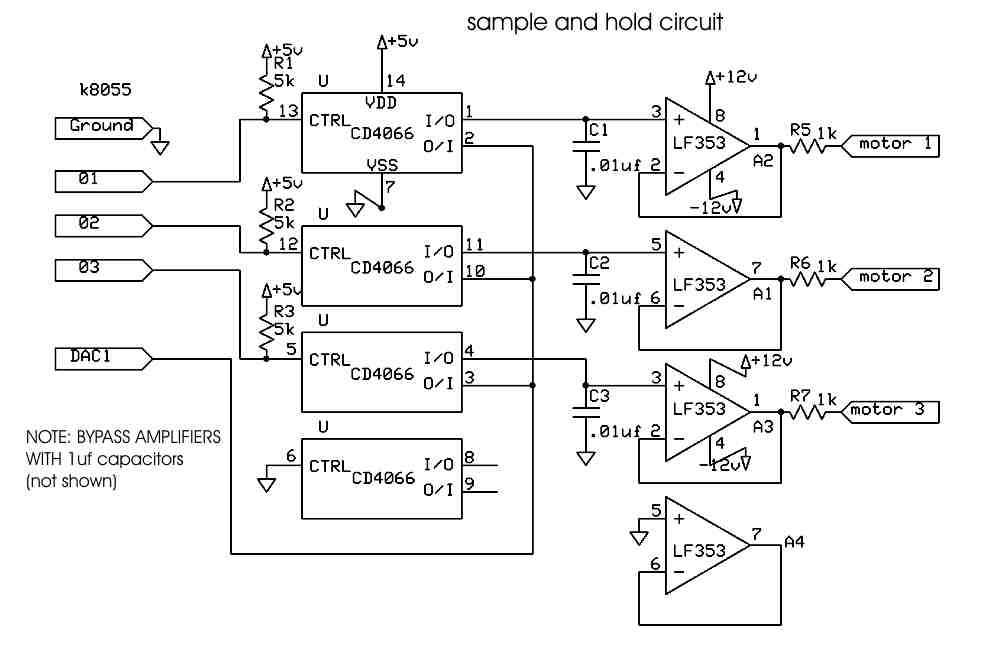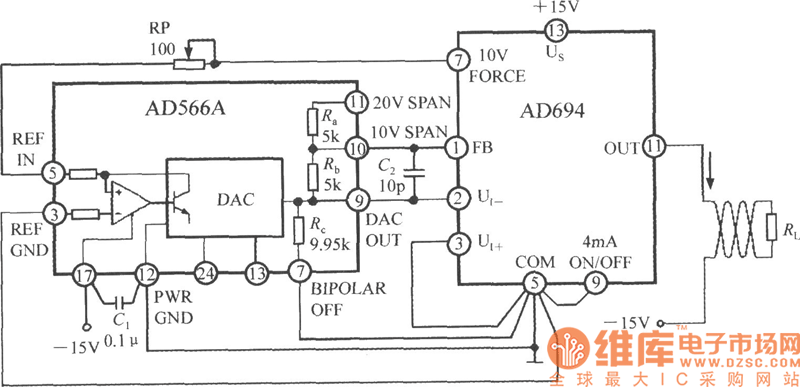
Servo loop improves linear-regulator efficiency
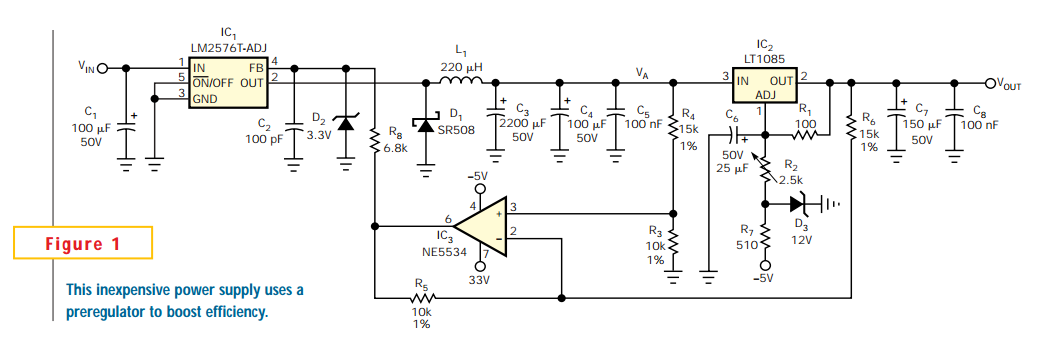
Linear regulators are easy to implement and have better noise and drift characteristics than switching approaches. Their largest disadvantage is inefficiency: excess energy dissipated as heat. Several well-known techniques are available to minimize the input-to-output voltage across a linear regulator. A preregulator can reduce the dropout voltage of a linear regulator. Closed-loop, self-oscillating preregulators built around a switching transistor, a comparator, and a filter are difficult to predict in terms of frequency.
Linear regulators are widely used in electronic circuits for their simplicity and effectiveness in providing a stable output voltage. Unlike switching regulators, which can introduce high-frequency noise, linear regulators maintain low output noise and provide better transient response. However, the primary drawback of linear regulators is their inefficiency, particularly when there is a significant difference between the input and output voltages. The excess voltage is dissipated as heat, which can lead to thermal management issues in the circuit design.
To address the inefficiency problem, several techniques can be employed. One effective method is to utilize a preregulator that reduces the input voltage to the linear regulator. This preregulator can be designed using a switching topology that operates more efficiently than linear regulation. A closed-loop, self-oscillating preregulator incorporates a switching transistor, a comparator, and a filter to regulate the voltage. The switching transistor operates in a pulse-width modulation (PWM) mode, controlled by the comparator, which adjusts the duty cycle based on the output voltage feedback.
The design of such a preregulator involves careful consideration of the frequency response, as the oscillation frequency can impact the stability and performance of the overall power supply. The filter is employed to smooth the output voltage and reduce ripple, ensuring that the linear regulator receives a clean input. While designing this circuit, it is crucial to select components that can handle the expected load current and voltage levels, as well as to account for the thermal characteristics to prevent overheating.
In summary, while linear regulators offer simplicity and low noise, their inefficiency necessitates the use of preregulators to minimize voltage drop and heat dissipation. The implementation of a closed-loop, self-oscillating preregulator can significantly enhance the performance of linear regulators in various applications, making them more suitable for modern electronic designs.Linear regulators are easy to implement and have better noise and drift characteristics than switching approaches. Their largest disadvantage is inefficiency: excess energy dissipated as heat. Several well-known techniques are available to minimize the input-to-output voltage across a linear regulator.
I had been looking for an inexpensive, easy-to-implement, and efficient preregulator to reduce the dropout voltage of a linear regulator. Closed-loop, self-oscillating preregulators built around a switching transistor, a comparator, and a filter are difficult to predict in terms of frequency.
🔗 External reference
Linear regulators are widely used in electronic circuits for their simplicity and effectiveness in providing a stable output voltage. Unlike switching regulators, which can introduce high-frequency noise, linear regulators maintain low output noise and provide better transient response. However, the primary drawback of linear regulators is their inefficiency, particularly when there is a significant difference between the input and output voltages. The excess voltage is dissipated as heat, which can lead to thermal management issues in the circuit design.
To address the inefficiency problem, several techniques can be employed. One effective method is to utilize a preregulator that reduces the input voltage to the linear regulator. This preregulator can be designed using a switching topology that operates more efficiently than linear regulation. A closed-loop, self-oscillating preregulator incorporates a switching transistor, a comparator, and a filter to regulate the voltage. The switching transistor operates in a pulse-width modulation (PWM) mode, controlled by the comparator, which adjusts the duty cycle based on the output voltage feedback.
The design of such a preregulator involves careful consideration of the frequency response, as the oscillation frequency can impact the stability and performance of the overall power supply. The filter is employed to smooth the output voltage and reduce ripple, ensuring that the linear regulator receives a clean input. While designing this circuit, it is crucial to select components that can handle the expected load current and voltage levels, as well as to account for the thermal characteristics to prevent overheating.
In summary, while linear regulators offer simplicity and low noise, their inefficiency necessitates the use of preregulators to minimize voltage drop and heat dissipation. The implementation of a closed-loop, self-oscillating preregulator can significantly enhance the performance of linear regulators in various applications, making them more suitable for modern electronic designs.Linear regulators are easy to implement and have better noise and drift characteristics than switching approaches. Their largest disadvantage is inefficiency: excess energy dissipated as heat. Several well-known techniques are available to minimize the input-to-output voltage across a linear regulator.
I had been looking for an inexpensive, easy-to-implement, and efficient preregulator to reduce the dropout voltage of a linear regulator. Closed-loop, self-oscillating preregulators built around a switching transistor, a comparator, and a filter are difficult to predict in terms of frequency.
🔗 External reference
